Cygnet Texkimp and University of Manchester develop 3D winding technology
The machine is based on a 9-Axis robotic winding concept and winds carbon fiber into lightweight parts for automotive and aerospace markets.
Advanced engineering company Cygnet Texkimp (Northwich, UK) and The University of Manchester (Manchester, UK) announced in early July they have developed a machine that winds carbon fiber into lightweight parts for automotive and aerospace.
The 3D Winder is the world’s first robotic 3D winding machine capable of making complex parts such as fuel pipes, cant rails and aeroplane wing spars. According to Cygnet Texkimp, it can also be adapted to produce components for other markets including wind blades for the energy sector.
The technology is the result of a two-year Innovate UK (Swindon, UK) Knowledge Transfer Partnership (KTP) between the Northwich-based manufacturer and The University of Manchester’s School of Materials to develop a new way of manufacturing composite components cost-effectively in high volumes and at high speeds.
The machine is based on the 9-Axis robotic winding concept first developed by the University’s Professor Prasad Potluri and uses a technique known as filament winding. It works by laying down carbon fibers much more quickly than traditional methods such as braiding and weaving, with trials showing it has the potential to wind an aircraft spar in just a few minutes. The technology was further developed at Cygnet Texkimp’s R&D center.
The company is now using a production-scale version of the 3D Winder to carry out advanced trials with international part manufacturers.
Related Content
-
Materials & Processes: Composites fibers and resins
Compared to legacy materials like steel, aluminum, iron and titanium, composites are still coming of age, and only just now are being better understood by design and manufacturing engineers. However, composites’ physical properties — combined with unbeatable light weight — make them undeniably attractive.
-
Drag-based wind turbine design for higher energy capture
Claiming significantly higher power generation capacity than traditional blades, Xenecore aims to scale up its current monocoque, fan-shaped wind blades, made via compression molded carbon fiber/epoxy with I-beam ribs and microsphere structural foam.
-
Novel dry tape for liquid molded composites
MTorres seeks to enable next-gen aircraft and open new markets for composites with low-cost, high-permeability tapes and versatile, high-speed production lines.

.png;width=70;height=70;mode=crop)


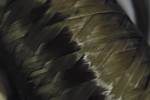

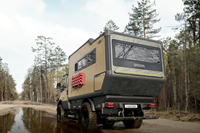
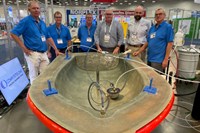



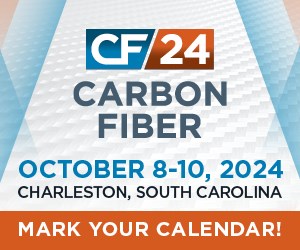
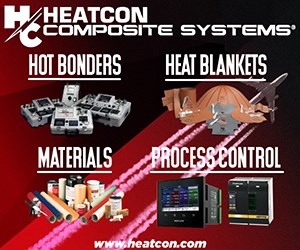


.jpg;maxWidth=300;quality=90)
